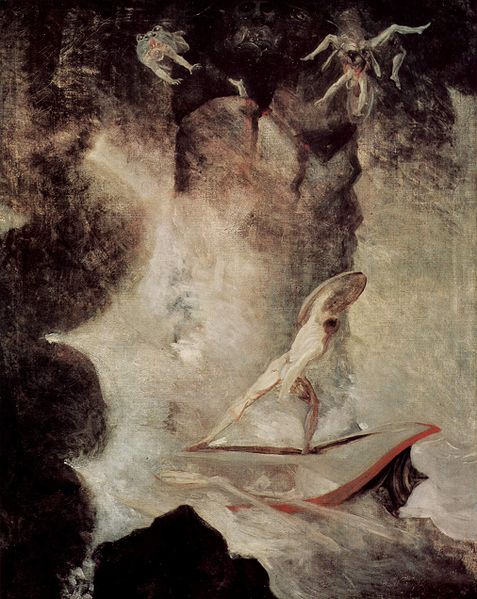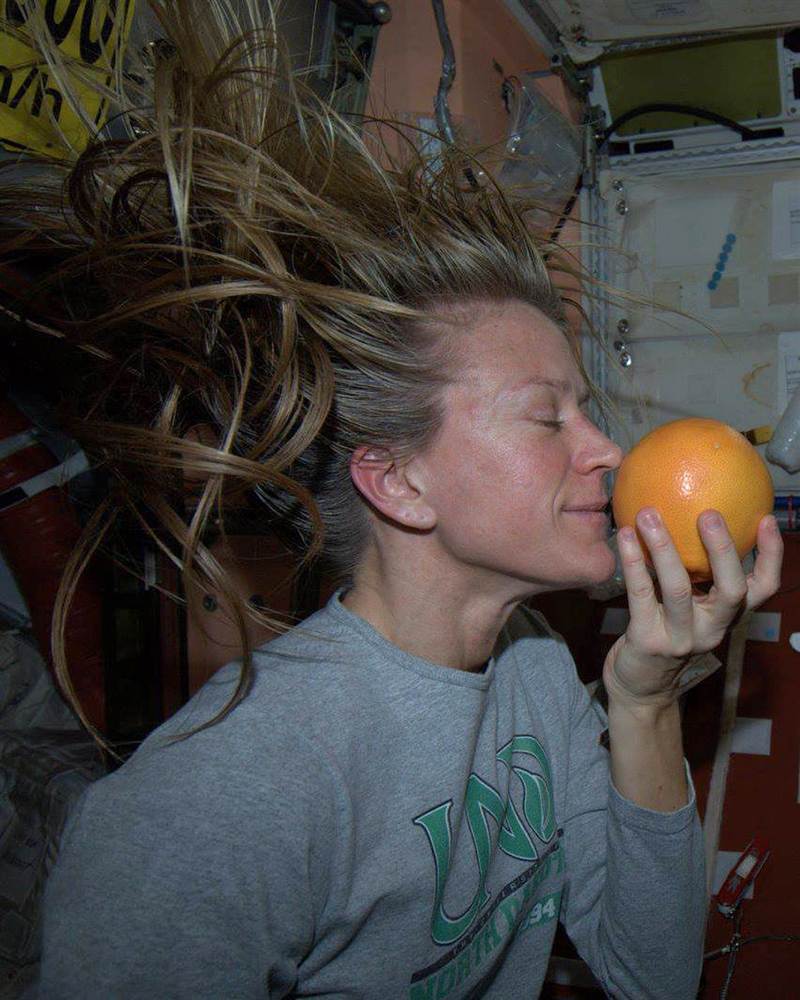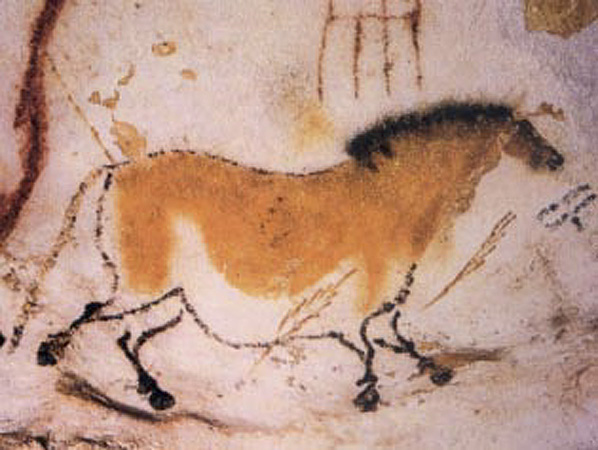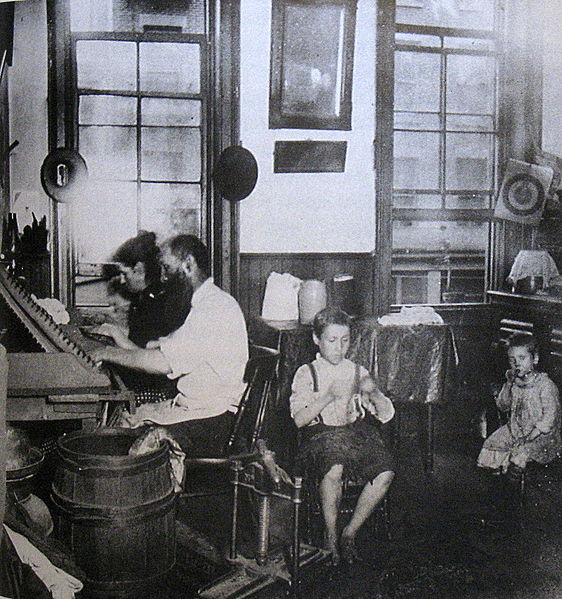
Figure 1 – Johann Heinrich Füssli, “Odysseus vor Scilla und Charybdis, 1794-6,” From the Wikimedia Commons, distributed by the Yorck Project and in the public domain under GNU license.
Well it’s August, folks, and frankly I can’t believe. Summer is flown, and the doldrums of its indolent end will soon be upon us. I have been doing my weekly ritual reading of the various Photos of the day, week, and month and found a couple of gems in MSN’s “Must See August 2013.” Hmm, August!
The first of these takes me back to our discussion of a chance encounter with Mammatus clouds. Strange fluffy cloud forms are one thing, imagine yourself in Roberto Giudici’s bare feet as you sail carefree off the Greek island of Orthoni in the Ionian Sea. Then on July 23, this is what you see, or more accurately what he photographed – shades of Scylla and Carbydis for sure! Yes, Yes – the hero’s journey. Sorry!
Then there is this beautiful colored image of a deserted German diamond mine in the ghost town Namibian village of Kolmanskop. Diamonds were discovered there in 1908. There were stately homes, a hospital, a ballroom, a power station, a school, and even an ice factory. All this pushed back the desert. Now, the desert has reclaimed it all.




